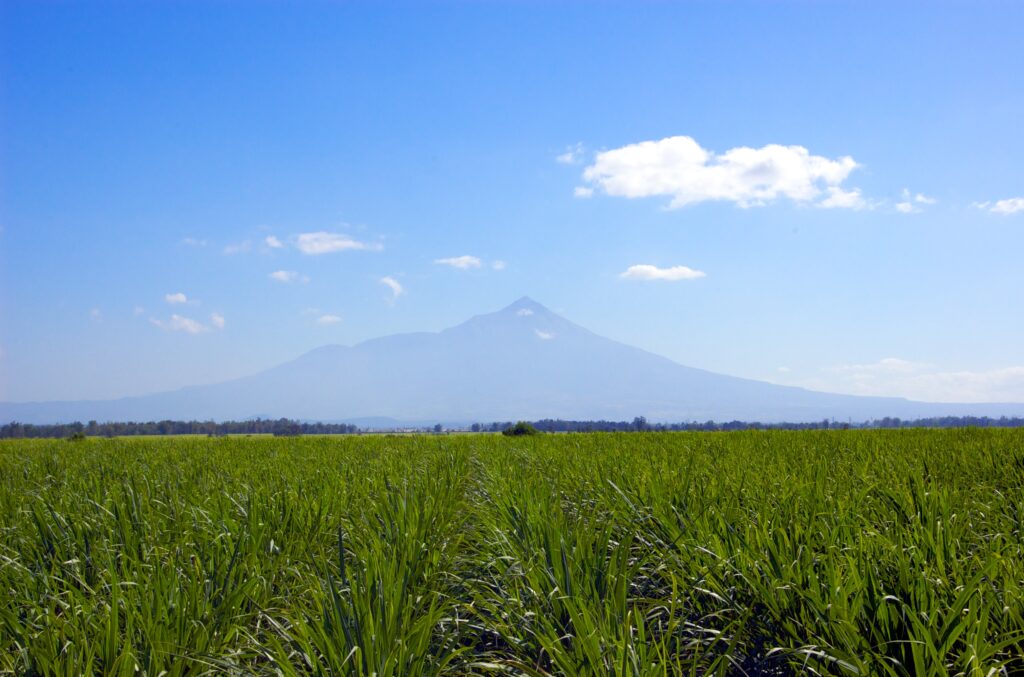Apparition in Sugarland

“Apparition in Sugarland” is part of the collection Indigenizing What It Means to Be Human. Read the introduction to the collection here.
Many things have fallen in these fields.
[1]
[1]
The author imagines the famous Filipino American painter Alfonso Ossorio speaking this poem as a witness upon his return home in the 1950s in the wake of U.S. colonization.
Rain that singed the sugarcane. Burning rocks
From space. A flock of suicidal sparrows.
Once, a boy. Or so the fable goes.
All of four feet, with feet that were missing
The smallest toes, and on the knife edge
Of his ankles sprouted wings, like pigeons’.
And on the blades of his shoulders,
Another pair of feathered wings.
Nobody knew where he’d come from,
Only that he’d lain on a bed of fallen stalks,
And where he’d lain, the soft, curled outline
Of a boy, as in sleep. As in a leafy tomb.
Eyes closed, arms crossed over his chest
Where a hole rimmed with crusted blood
Cradled an American soldier’s bullet.
Or so the fable goes.
In one version, farmers parting the fields
With their scythes carried the boy
Back to the village, buried him
Next to boys who’d died in the Revolution.
But another version ends with the boy
Suddenly waking, the wings on his feet
Slowly flapping, the wings on his back
Spreading wide, dust and dirt whirling.
And hovering before the trembling farmers
Now on their knees, the boy plucked the bullet
From his chest, dropped it to the ground,
Then shot skyward, never to be seen again.
Meanwhile the farmers ran back to the village,
Each one a shaken, stammering mess.
Meanwhile the fields turned brown, made
Way for another field for another year.
Meanwhile the bullet sank into the earth,
Or turned to rust, or disappeared.

























